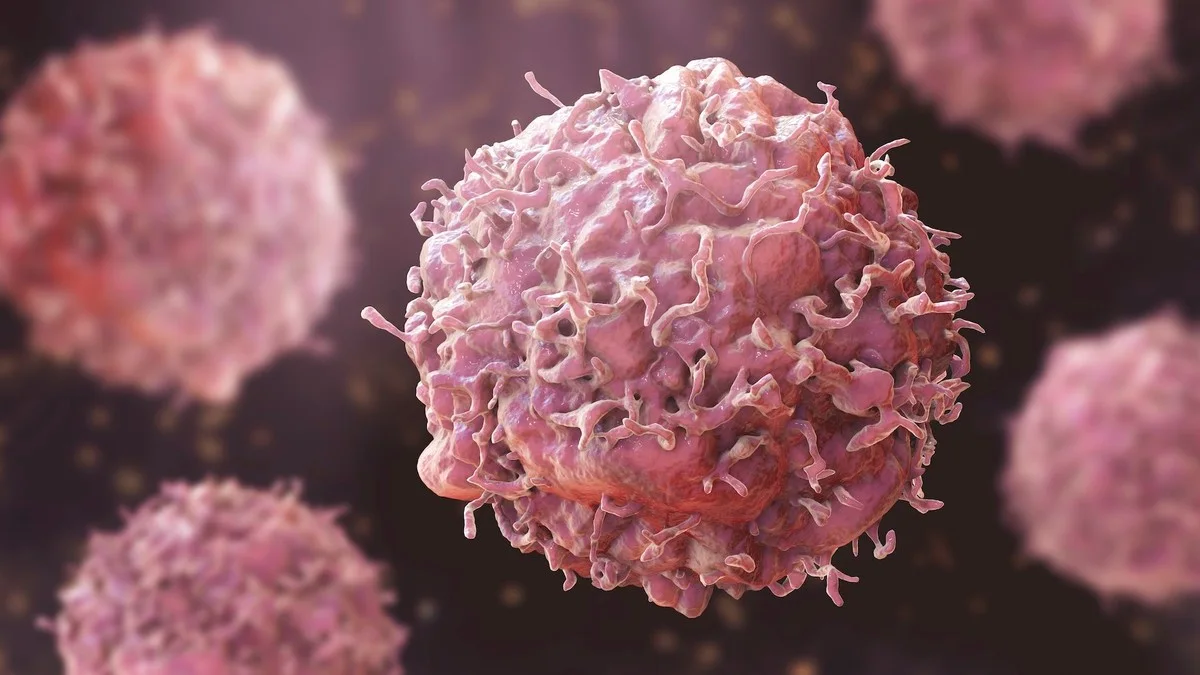11/10/2025
11/10/2025

KUWAIT CITY, Oct 11: Advances in focused ultrasound are ushering in a new era of noninvasive cancer therapy, enabling doctors to target tumors with sound waves rather than scalpels.
The technique, known as histotripsy, was first conceived by biomedical engineer Zhen Xu during her PhD work at the University of Michigan. While experimenting with high-frequency sound waves on pig heart tissue, Xu unexpectedly discovered that increasing the rate of pulses could mechanically disintegrate tissue without harming surrounding structures. That early serendipity has evolved into a promising cancer treatment modality.
Histotripsy has already gained regulatory approval: the US Food and Drug Administration cleared its use for liver tumor treatment in October 2023. Early clinical studies report a 95 percent technical success rate in targeting liver tumors. Side effects—ranging from abdominal pain to minor internal bleeding—are rare, and the procedure is typically safe.
In mid-2025, the United Kingdom became the first European country to adopt histotripsy under the NHS pilot program via its Innovative Devices Access Pathway. Beyond the UK, researchers are exploring its potential against tumors in the kidney, pancreas, and other organs.
Unlike the older modality HIFU (High‑Intensity Focused Ultrasound), which destroys tissue via heat, histotripsy works by generating microbubbles within the tumor that expand and collapse in microseconds—effectively breaking tumor tissue apart. Because it is nonthermal, histotripsy minimizes collateral damage to surrounding healthy tissues.
The procedure is rapid and typically outpatient: most treatments conclude within one to three hours, and patients may leave the same day. In many cases, a single session suffices, although multiple sessions may be required for larger or multiple lesions.
Challenges remain. Long-term data on cancer recurrence are limited. Some scientists caution that fragmented tumor cells could potentially travel elsewhere in the body—a risk known as “seeding”—though animal studies to date have not confirmed this. Physical barriers such as bone or organs containing air, like lungs, limit where ultrasound can reach effectively.
Researchers are also investigating ways to combine ultrasound with existing therapies. One promising direction is the use of microbubbles to transiently open the blood-brain barrier, enhancing drug delivery to brain tumors. Others believe ultrasound may amplify the effects of radiation or immunotherapy by exposing tumor cells more readily to the immune system.
In the words of Xu, “Ultrasound isn’t a ‘magic cure’ for cancer,” but it offers a gentler alternative to surgery, radiation, and chemotherapy — one that may reduce suffering, preserve healthy tissue, and usher in a new paradigm in oncology.


